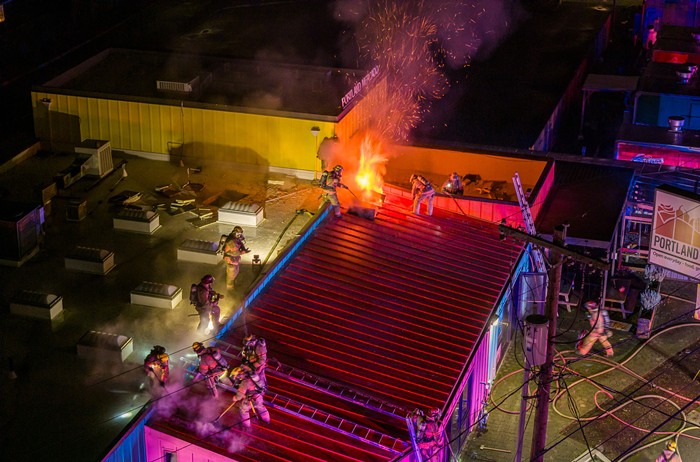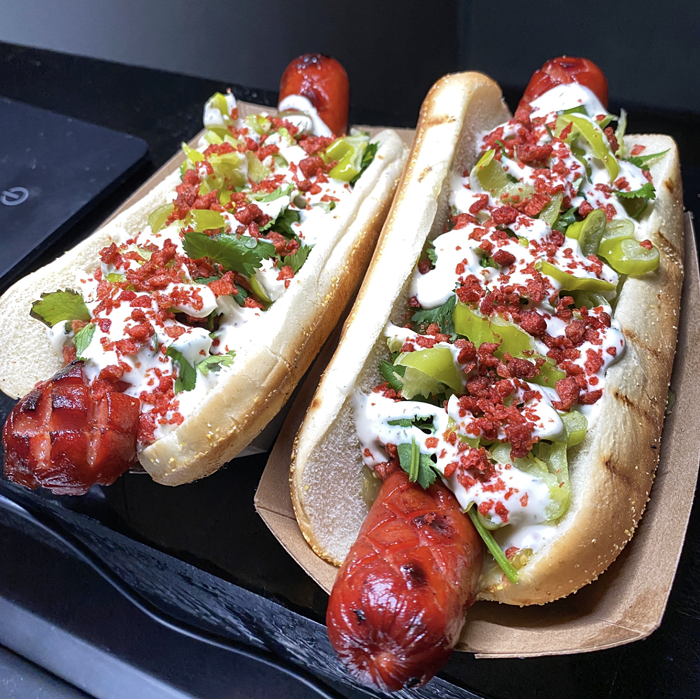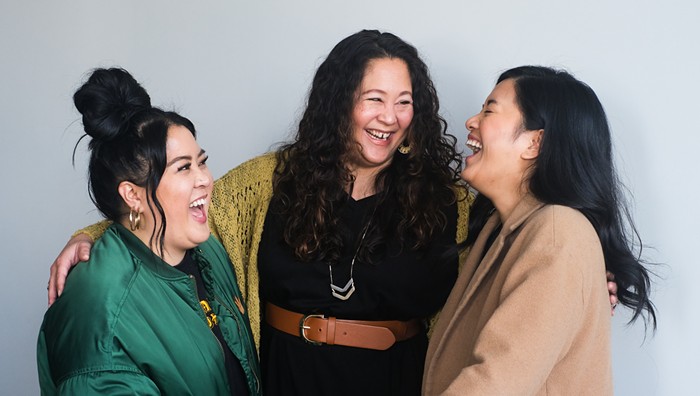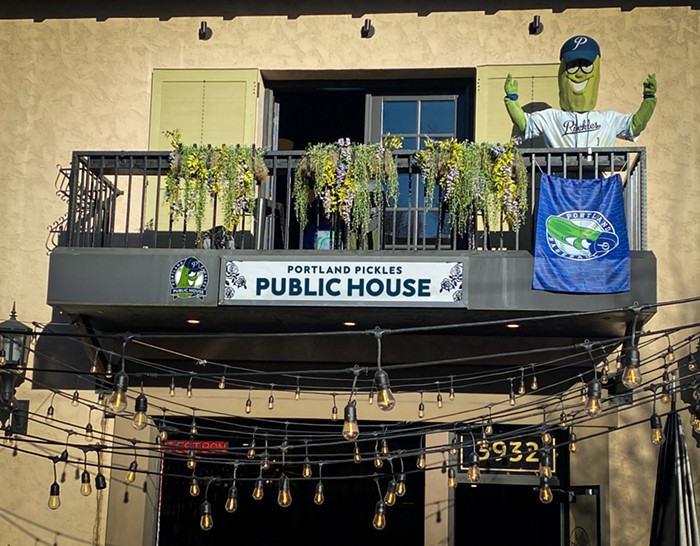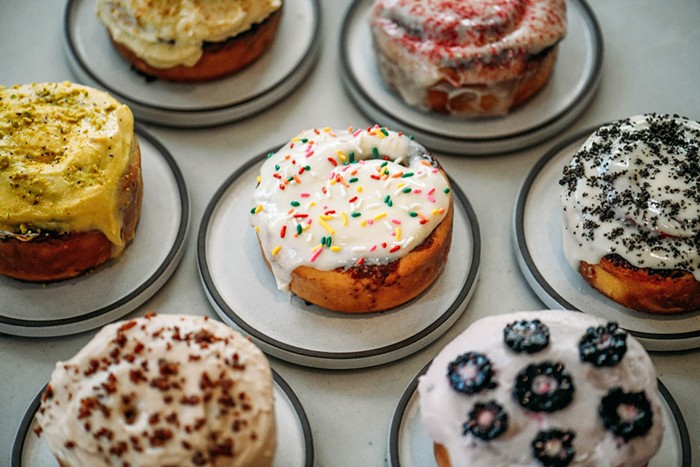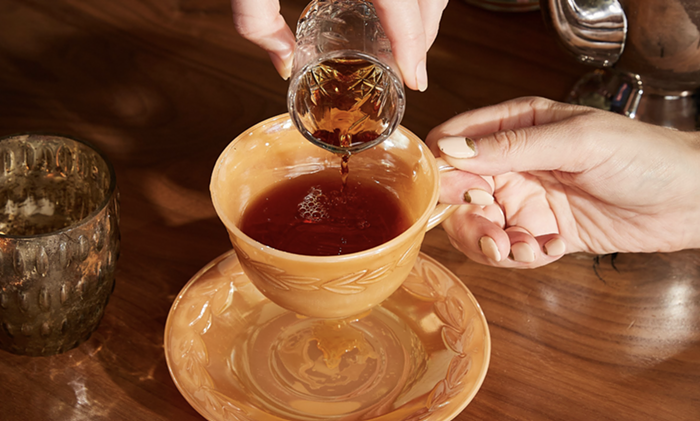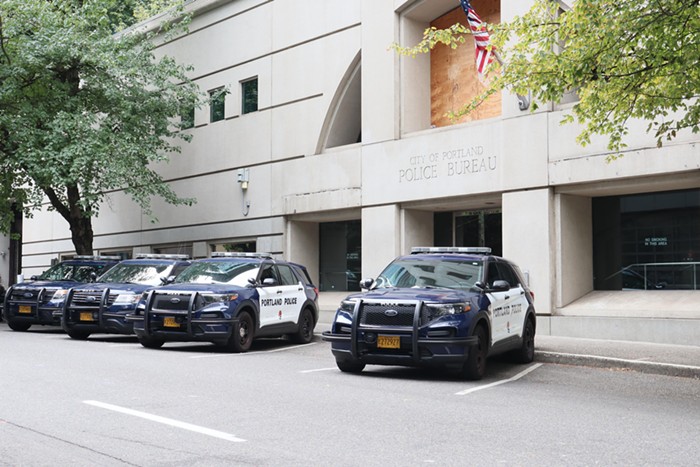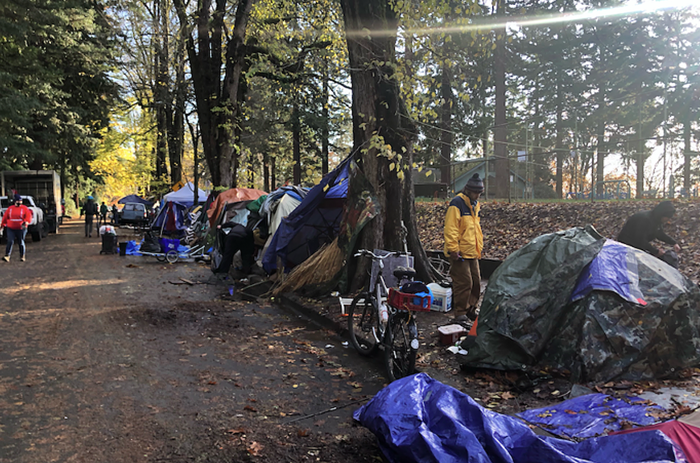THE LOCAL CRAFT chocolate-making community is preparing itself for a boom. In the way that Portland charcutiers, cheesemakers, and distillers set up shop in the last decade and made nationally renowned names for themselves, local chocolatiers, bean-to-bar chocolate makers, and chocolate purveyors have—seemingly independent of one another—put the elements in place to make Portland's chocolate scene a niche explosion in the coming years.
Aubrey Lindley, one half of the team that founded the Westside's Cacao shop in 2006, is one of our most evangelic experts on the subject. Cacao, co-owned by Lindley and partner Jesse Manis, is a museum of fine bar chocolates and confections from around the world, with a curated selection of proudly displayed local products. Lindley is to chocolate what Steve Jones is to cheese, what Geoff Latham is to game, what Elias Cairo is to cured meat. He can, almost by scent alone, blindly identify nearly every product in his shop, and launch into the history of the cacao bean varietal in each bar, as well as the personality and proficiency of its distant (and not so distant) maker. We tasted nearly a dozen bars together one recent afternoon, and he began demystifying a product I lacked even the most basic framework of understanding. By the end of the session, it was clear that I was unlikely to enjoy a Hershey bar ever again; this was the equivalent of giving up Coors Light for Belgian ales—so hardly a loss.
It's entirely possible to geek out on chocolate, the way wine bores take one of the world's most enjoyable substances and, with their tight-fitting sport coats and insufferable pedantry, suck all the joy out of it. However, the chocolate makers I spoke with in the ensuing weeks seem universally against poncey description. Elizabeth Montes of Sahagún Handmade Chocolates vehemently advises, "Don't learn new words. Learn new tastes." That said, resources such as the flavor wheel in the 33 Bars of Chocolate tasting booklet (33books.com) provide a starting-point vocabulary that begins to unlock the doors and help us identify what we like. Without these words, we are like the new wine drinker in the bottle shop, grunting, "I don't know" and "dry?" to the steadily deflating clerk.
After trying some dark and troubled bars by a renegade Spanish chocolatier with challenging ideas about texture, Lindley brought out a bar of Madagascar 70 percent, made by Dandelion Chocolate in San Francisco. The disparity between the two, despite identical ingredients, was like a slap to the head. Smooth, with orange and dried fruit flavors particular to Madagascar beans, it made the other bar taste like a child hitting all the black keys on a piano. Now eager to compare local products, Lindley brought out samples from Portland's own Cocanú, Woodblock Chocolate, and Mana Chocolate.
"Bean to bar" is a term you hear here and there, and it's fairly self-explanatory: The farm-fermented cacao beans (read: stored along jungle roads while birds roost on them) come to the chocolate maker whole and raw, and are then put through the labor-intensive stages of sorting, cracking and winnowing, refining and conching, aging, and tempering, before they are crafted into the final edible product, all under one roof. It's unusual for a single outfit to do the bean processing and then produce a retail confection, as there is a traditional division between the engineering-type mindsets that do the dirty, noisy, machine-driven work, and the artist-type mindsets that create the final product. The "farm-to-table" ethos that drives so much local food production, of course, means we have a disproportionately high number that do just that. Mana is one, as is Woodblock, and Sebastián Cisneros of Cocanú was off hunting beans in Ecuador at press time—so that will soon be three, out of around 36 bean-to-bar companies nationwide.
Mana's bar was pure, dark, and rich, an archetypal chocolate that smoothly coated the tongue and began to do what good chocolate does: create that primal awareness of something exciting beyond nutrition, that physical and emotional thing which chocolatiers curiously forbid putting into words. Woodblock's sample had its own personality, its own subtly different sheen, snap, and mouth feel. Both were sophisticated, indistinguishable in quality from European bars, and made less than five miles away.
No local chocolate story would be complete without an appearance by grand dame Sarah Hart, of long-standing Alma Chocolate. Like a Tom Robbins heroine, she is a lanky, fedora-topped, bangle-cuffed bohemian, writer, and veteran cook. Her bon bons, available since 2005, are luxurious and understated things that shun novelty and trends. "I just listen to the chocolate," she says, of where she starts when divining new flavors. Her tireless conviction, paired with a devil-may-care business attitude, has me convinced that soon the rest of the world will be listening, as well.

